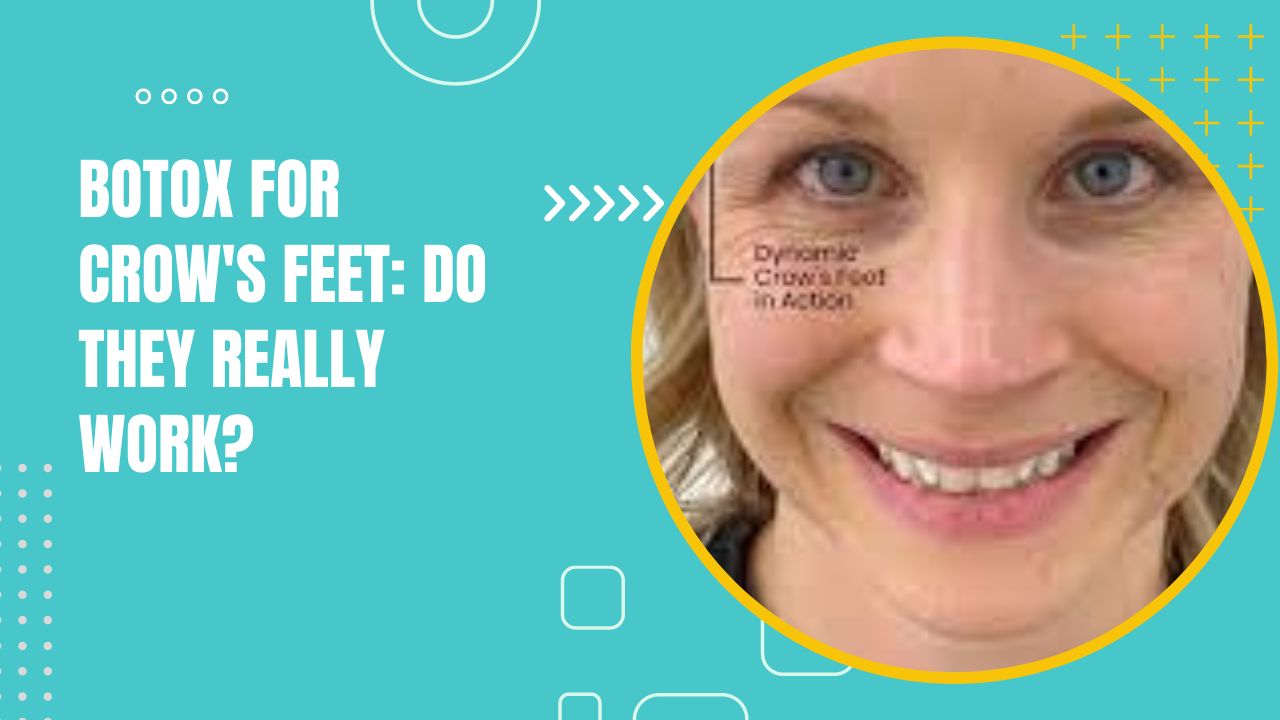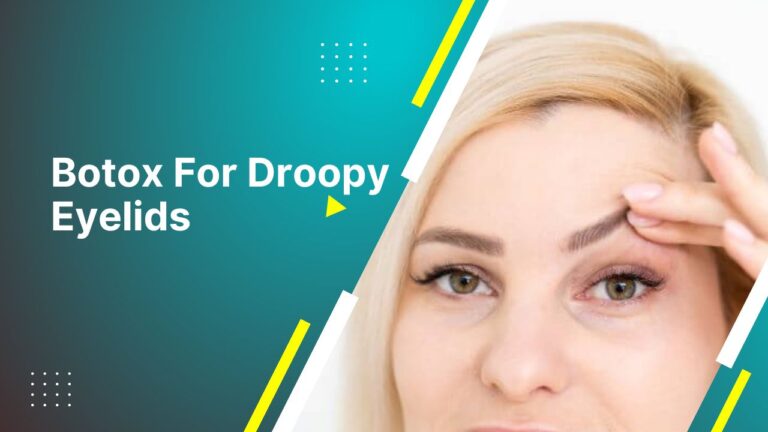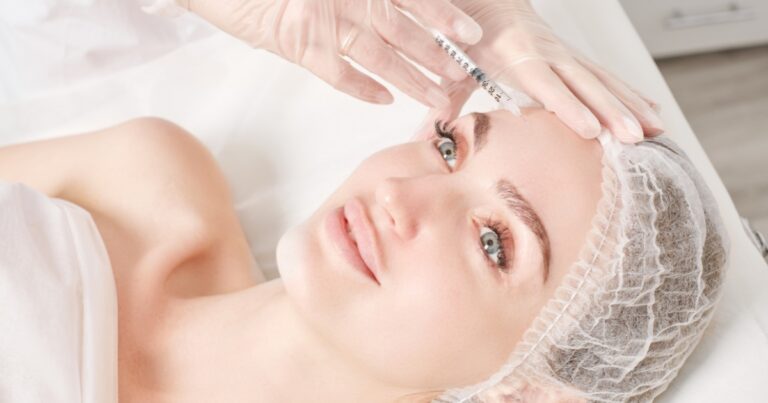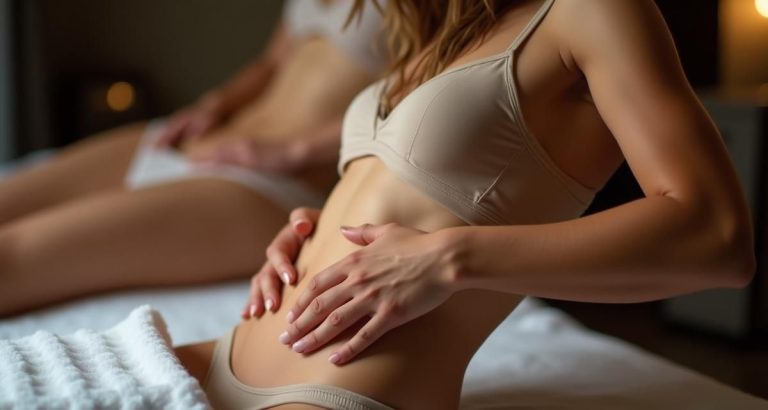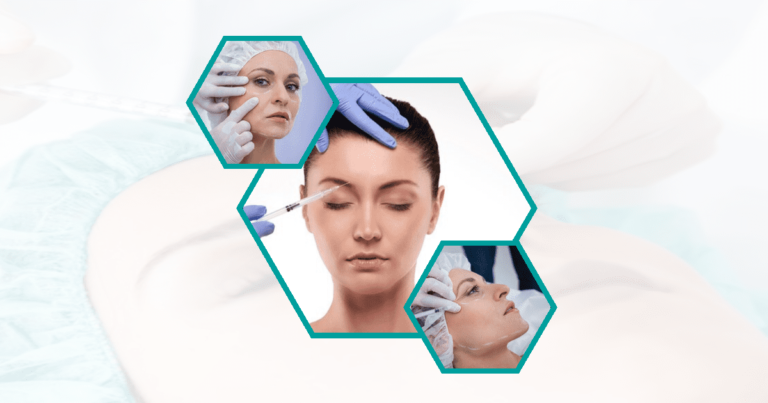Are you tired of seeing those pesky fine lines around your eyes, known as crow’s feet, every time you smile or squint? You’re not alone and might have come across Botox as a potential solution to combat these unwanted wrinkles.
Learn more about Botox’s efficacy in treating crow’s feet so you can determine if it’s the correct decision in our in-depth guide.
What are Crow’s Feet?
Crow’s feet, also known as laughter lines or character lines, are the small wrinkles that appear around the outer corners of the eyes. As we age, they begin to appear, and by mid-20s, they can be rather noticeable.
These creases might deepen, giving us a more worn and aged appearance.
Book A Consultation With Dr Tarek Bayazid
Top-rated Plastic Surgeon For Botox in Dubai
Installment Plan Available
Causes of Crow’s Feet
Crow’s feet appear because of a combination of reasons.These are some of the more important ones:
- Ageing: Wrinkles are a natural consequence of aging, occurring when the skin loses suppleness.
- Sun exposure: Prolonged exposure to the sun’s harmful UV rays can cause premature ageing and exacerbate crow’s feet.
- Facial expressions: Repeated muscle contractions caused by smiling, laughing, or squinting can lead to the formation of crow’s feet.
- Smoking: Smoking can accelerate ageing, making crow’s feet more prominent.
How does Botox work?
Botox works by blocking the nerve signals that tell your muscles to contract. This helps to relax and smooth out the wrinkles caused by repeated muscle contractions.
Botox for Crow’s Feet
Botox injections have become a popular treatment for reducing the appearance of crow’s feet. The essentials of the method are as follows:
The procedure
The Botox procedure for crow’s feet involves injecting small amounts of the substance into the muscles around the outer corners of the eyes. The average treatment time is between 15 and 30 minutes.
Duration and frequency
Botox injections’ effects on crow’s feet typically last for about three to six months. You’ll need to undergo the treatment every few months to maintain the results.
Effectiveness of Botox for Crow’s Feet
Botox injections can effectively reduce the appearance of crow’s feet. Many patients see significant improvements within a week after the treatment, with the full effects being visible after two weeks. Remember that Botox isn’t a permanent fix, and the effects will eventually wear off.
Pros and Cons of Botox for Crow’s Feet
Before choosing Botox to tackle your crow’s feet, it’s crucial to consider both the advantages and disadvantages of this treatment. Here’s a quick summary of the pros and cons of Botox for crow’s feet:
Pros
- Quick and minimally invasive procedure
- Visible results within a week or two
- Can help achieve a more youthful appearance
- No downtime required
Cons
- Temporary results requiring repeated treatments
- Potential side effects, such as bruising, swelling, or headache
- May not be suitable for everyone
- Can be expensive over time
Alternative Treatments for Crow’s Feet
There are several options besides Botox for treating crow’s feet if you’re hesitant to try it.
Topical treatments: Crow’s feet can be treated topically with retinol, peptides, or antioxidants in over-the-counter lotions and serums.
- Chemical peels: Peeling off the top layer of skin with a chemical solution helps stimulate new skin growth and diminishes the look of fine wrinkles.
- Laser resurfacing: This treatment uses lasers to stimulate collagen production and improve skin texture, reducing the appearance of crow’s feet.
- Dermal fillers can be injected around the eye area to add volume and smooth out wrinkles.
- Microneedling: This procedure involves creating tiny punctures in the skin to stimulate collagen production and improve skin texture.
Choosing the Right Treatment for You
Crow’s foot treatments vary widely, so it’s important to talk to a specialist about your specific needs and concerns before making a final decision. They will be able to advise you on the best course of treatment to achieve your goals.
Effectiveness of Botox for Crow’s Feet
Botox injections can effectively reduce the appearance of crow’s feet. Many patients see significant improvements within a week after the treatment, with the full effects being visible after two weeks. Remember that Botox isn’t a permanent fix, and the effects will eventually wear off.
Conclusion
Botox can be an effective solution for treating crow’s feet, Before deciding to have Botox for crow’s feet, you should thoroughly weigh the pros and cons of the procedure.
A wide range of possibilities are open to you now that alternative therapies are accessible.
Make an appointment with a medical expert to get the best therapy for your unique situation.
If you’re considering Botox for crow’s feet, request a personalised quote from Dr Tarek Bayazid to discuss your options and get expert guidance on the most suitable treatment plan for you. Don’t wait any longer – achieve a more youthful appearance today!
